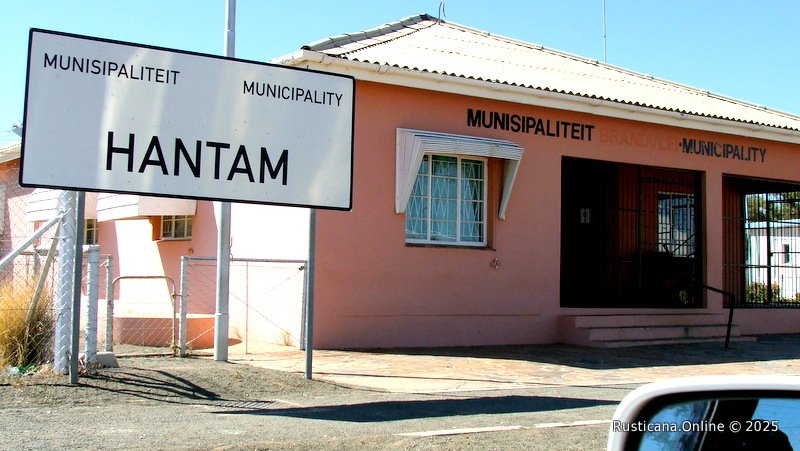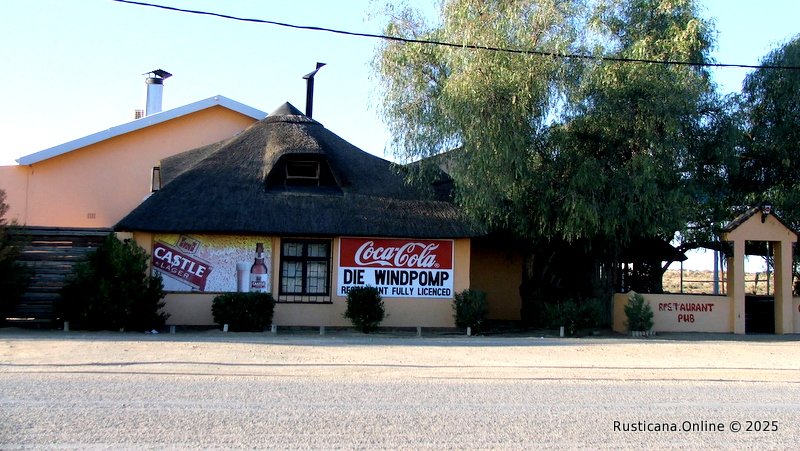Brandvlei: A Testament to Quiet Resilience in the Heart of the Great Karoo
In the remote expanses of Bushmanland, within the arid reaches of the Northern Cape, lies the town of Brandvlei—a settlement defined as much by its subtle beauty as by its enduring resilience amidst the harsh Karoo environment. Founded in the 19th century by trekboers, this small community bears the marks of natural forces and a steadfast spirit that have shaped its history.
A pivotal moment in its development occurred in 1961, when a sudden flash flood effectively divided the town. This natural disaster served as a catalyst for formal recognition, leading to the establishment of a municipal government in 1962—a testament to the collective determination of its inhabitants. Today, Brandvlei functions under the auspices of the larger Calvinia municipal authority, reflecting its modest size within the broader landscape of the Northern Cape.
Geographically situated within the Namakwa region, also known as the Hantam Karoo, the town is positioned along the R27 route, which links Calvinia to the south with Kenhardt and Upington to the north. This connectivity underscores Brandvlei’s role as a small but integral node within the sparse network of settlements that characterize the region.
Life in Brandvlei is governed by the arid climate, with rainfall scarce and highly valued. When it does arrive, it transforms the landscape: the seemingly barren plains burst into brief, vibrant displays of wildflowers, creating a fleeting tapestry of color against the muted tones of the Karoo. The vast, horizon-spanning plains evoke a sense of solitude that may deter those seeking bustling activity, yet this remoteness lends the town its unique charm—a slower pace, a return to essentials.
Despite its modest size and isolation, Brandvlei is equipped with essential modern amenities. The town benefits from municipal water, sanitation, and electricity, along with a Telkom digital exchange and comprehensive GSM mobile coverage across all networks, including GPRS internet. These connections help bridge the geographical divide, enabling a degree of integration with the wider world.
The surrounding environment offers its own quiet spectacles. During the summer months—November through March—nearby salt pans transform into transient habitats, attracting diverse birdlife and delighting nature enthusiasts. The area's cultural tapestry is woven with history, exemplified by San rock paintings at local farms such as Kans and Lekkerlê, offering glimpses into the ancient peoples who once inhabited these lands.
Adding an intriguing historical dimension, the vicinity of Brandvlei is linked to early record-breaking attempts in land-speed racing. Verneukpan, a vast dry salt pan near the town, was the site where Sir Malcolm Campbell endeavored to surpass 300 miles per hour in his Bluebird 1—an effort that, while ultimately unsuccessful, remains a notable chapter in the annals of speed records.
Brandvlei is far more than a mere spot on the map; it embodies the resilience of its people, the influence of its environment, and the quiet strength that sustains it. For those seeking solitude and a direct connection to the unspoiled beauty of the Karoo, the town offers an authentic experience—a place where the expansive landscape fosters introspection and an appreciation for life's fundamental rhythms.
Reflecting on a significant personal journey, the decision to acquire property in Brandvlei marked a departure from familiarity into the unknown. The process involved careful negotiation and a sense of surprise at the acceptance of an offer, culminating in ownership of a piece of this resilient community. The town itself presented a close-knit fabric of life—its core comprising a co-operative, local shops, a police station, a bank branch, municipal offices, a clinic, a small hotel, a pub, a restaurant, a post office, a petrol station, a church, a primary school, and the distinctive Neo-Gothic Dutch Reformed Church. These elements formed the heartbeat of the community, complemented by other small businesses catering to everyday needs.
Looking back on that day in late July 2006, the long drive into the unknown was more than a logistical journey; it was an act of stepping beyond comfort zones, embracing unfamiliar landscapes, and trusting in the possibilities that lay ahead. That small advertisement in a newspaper opened a new chapter—one that continues to influence perspectives, deepen understanding of the country's diverse landscapes, and affirm that sometimes, the most profound transformations arise from the simplest opportunities.







